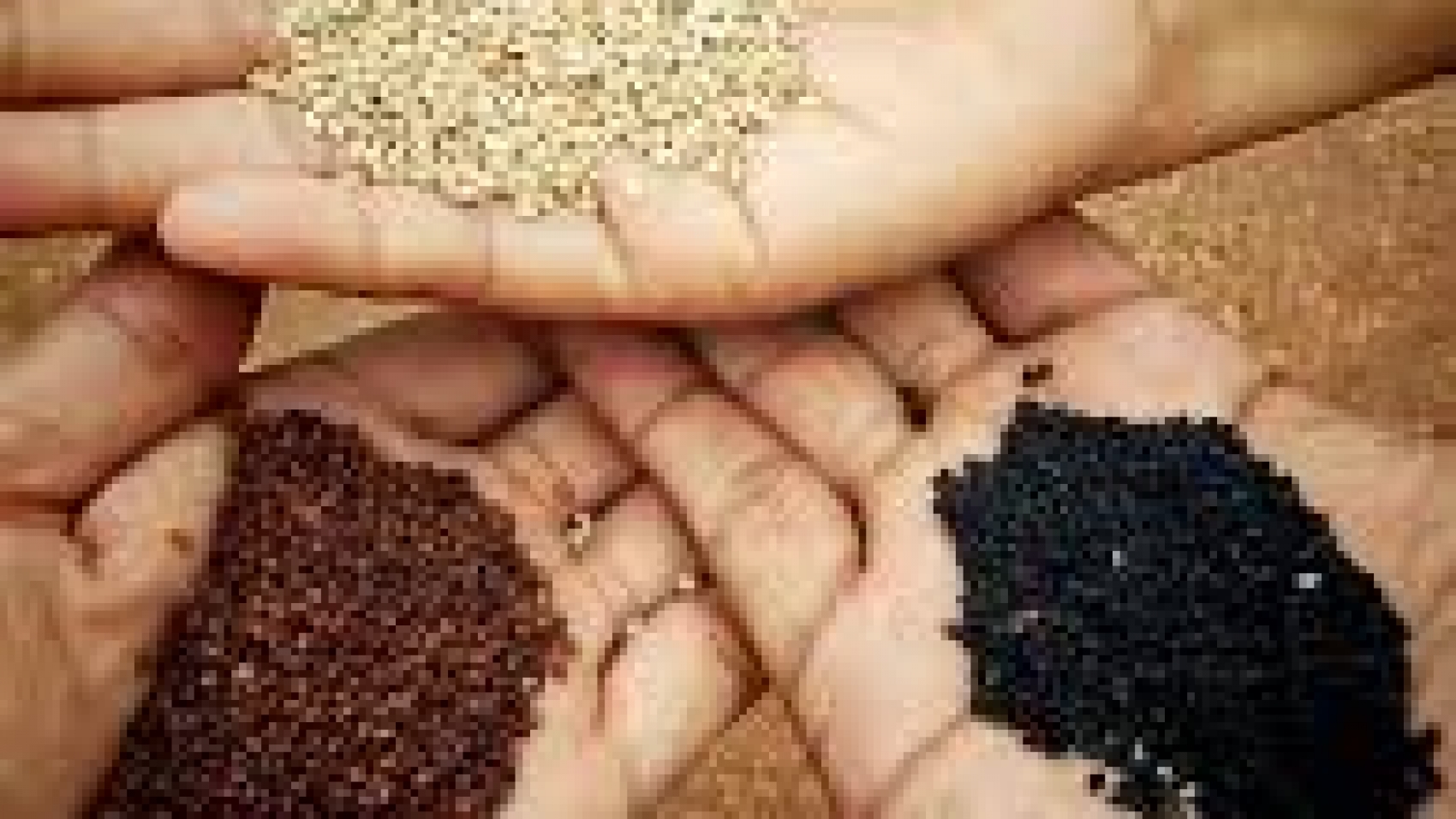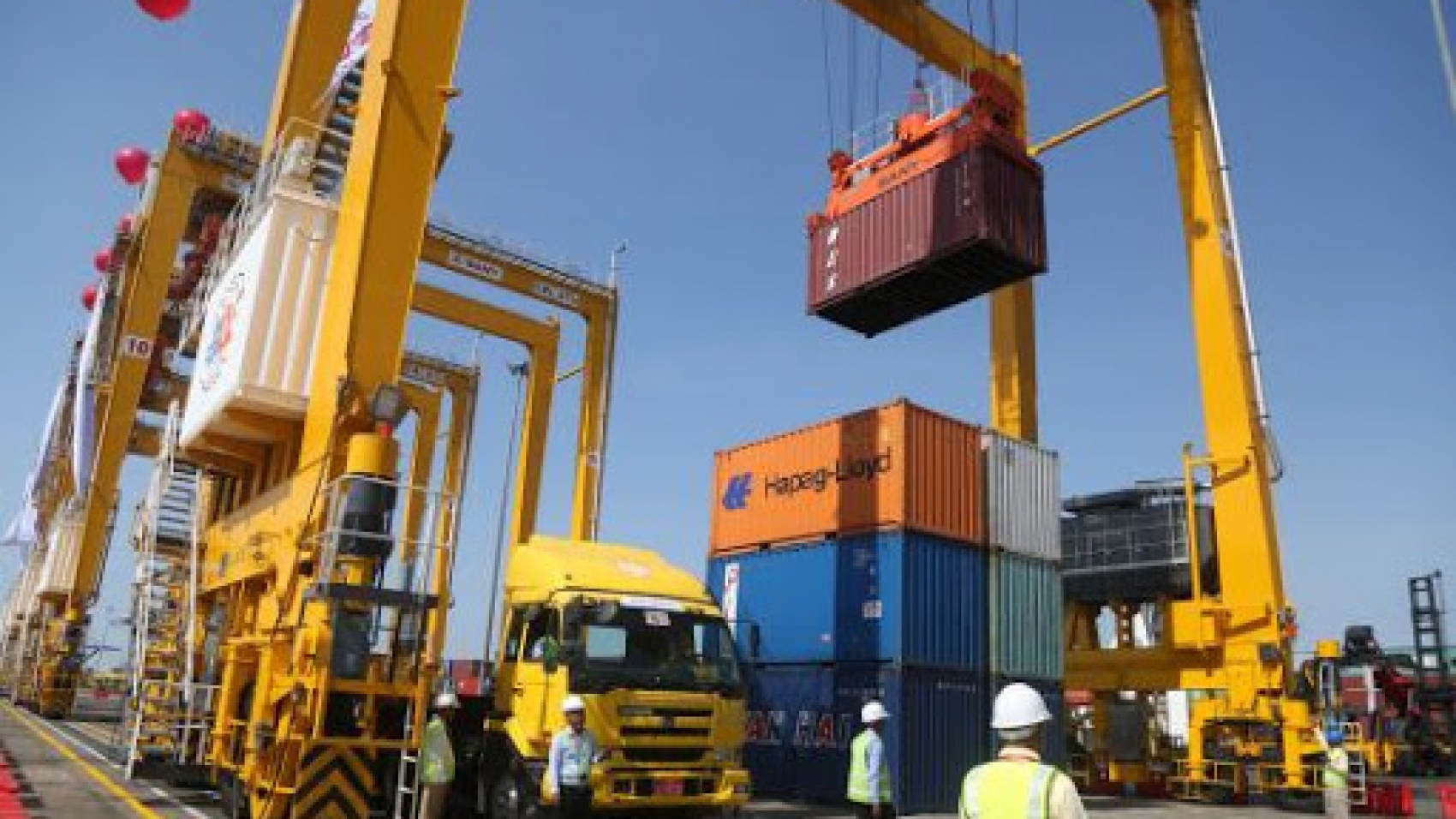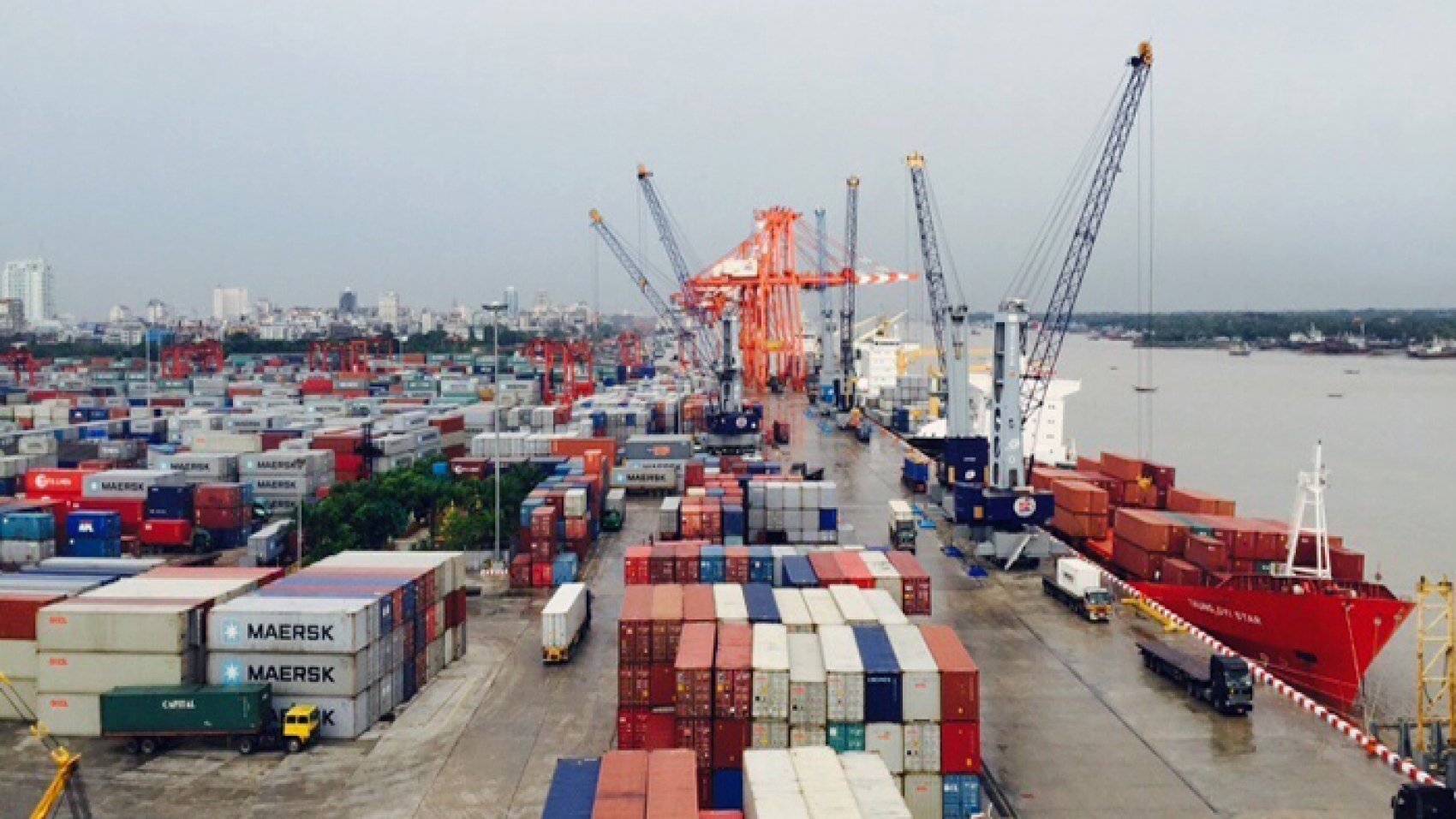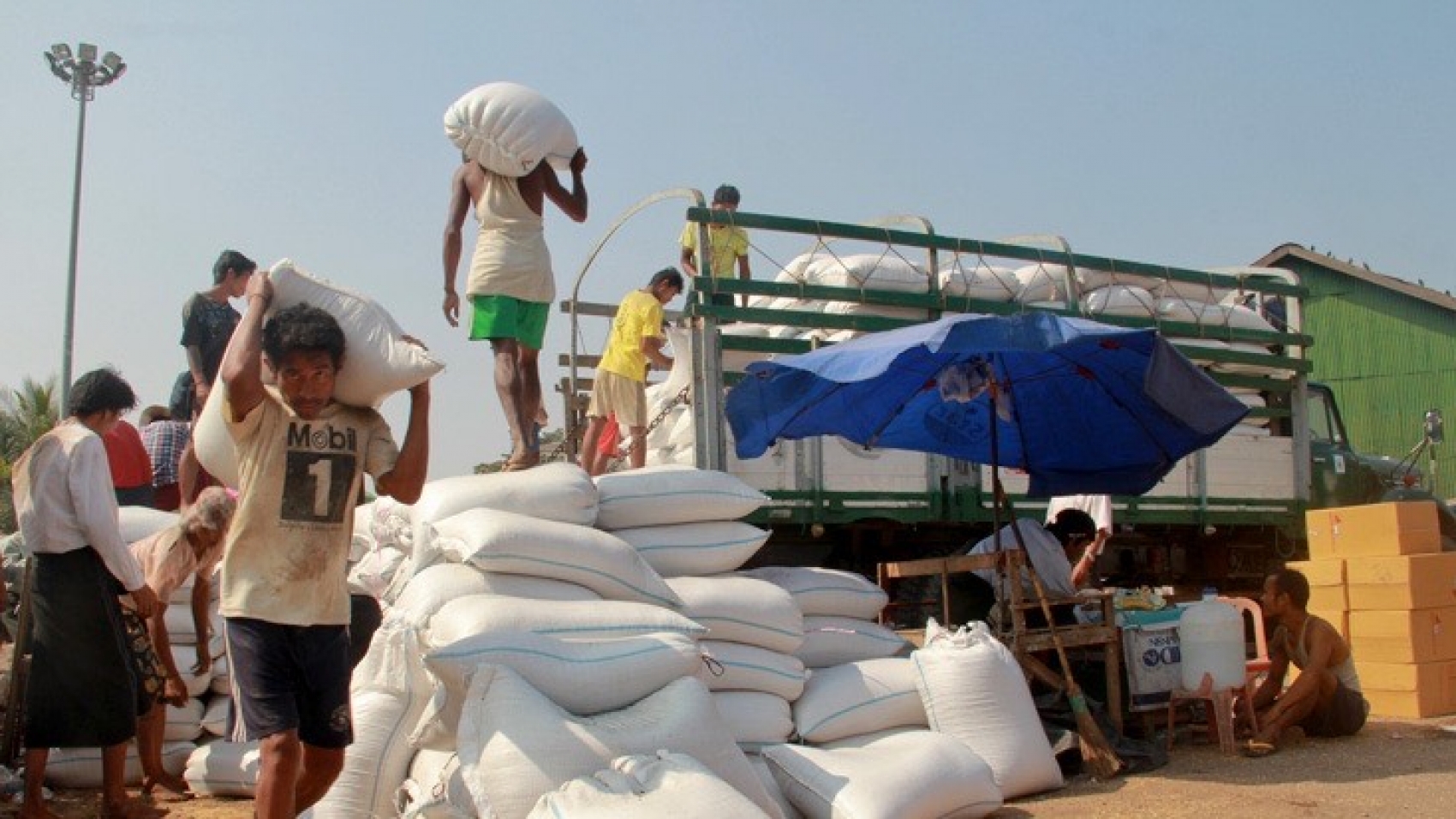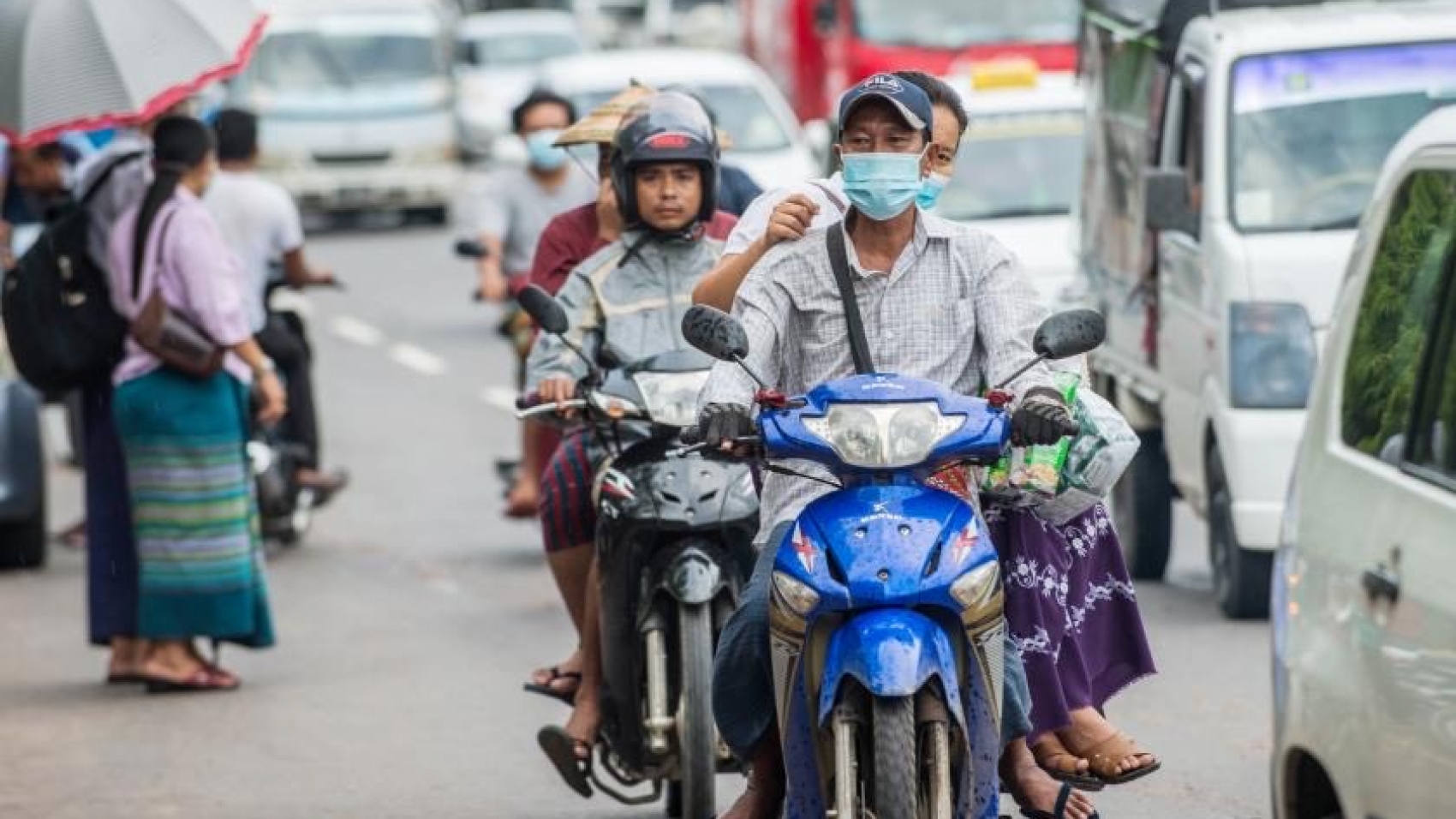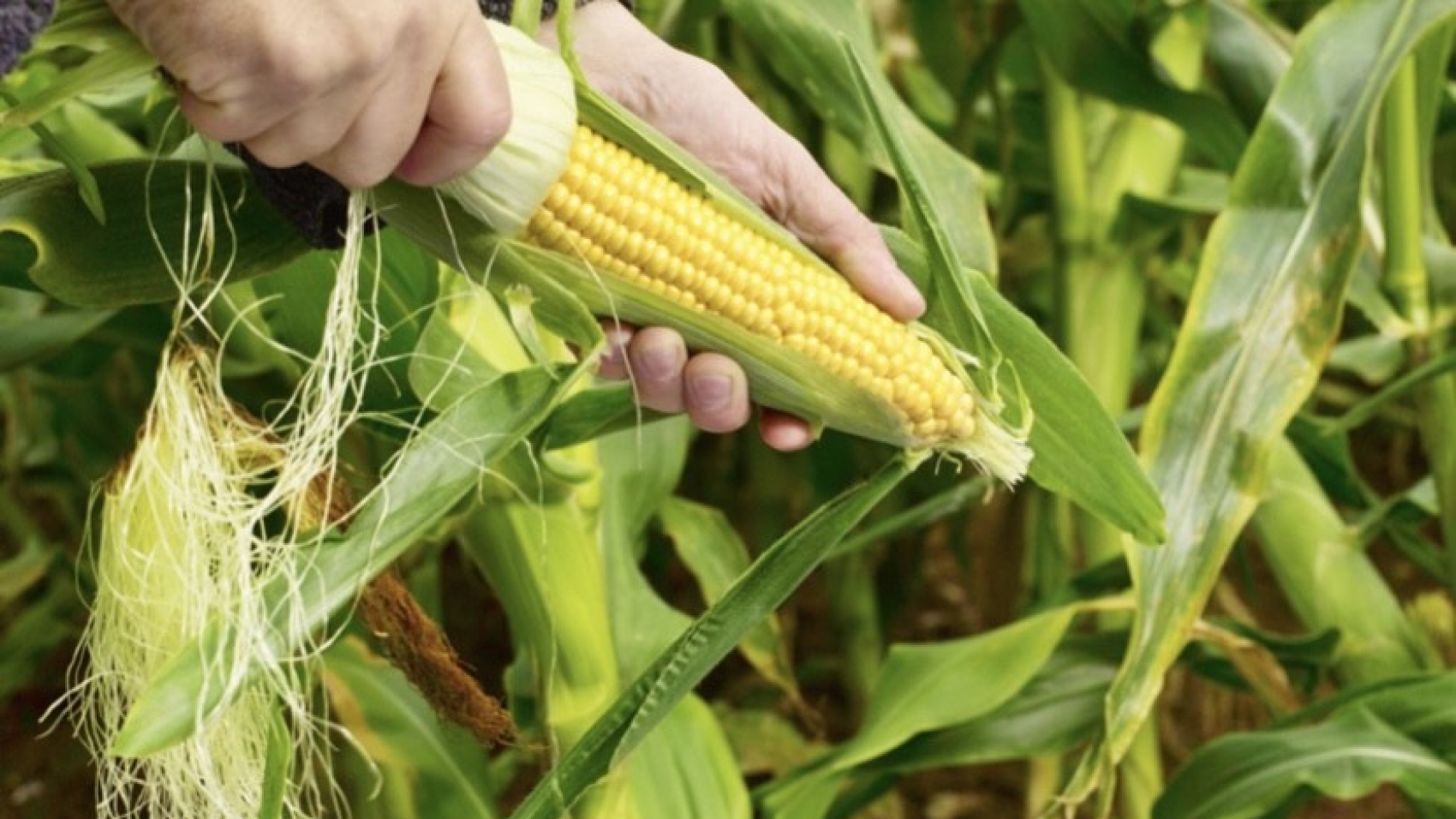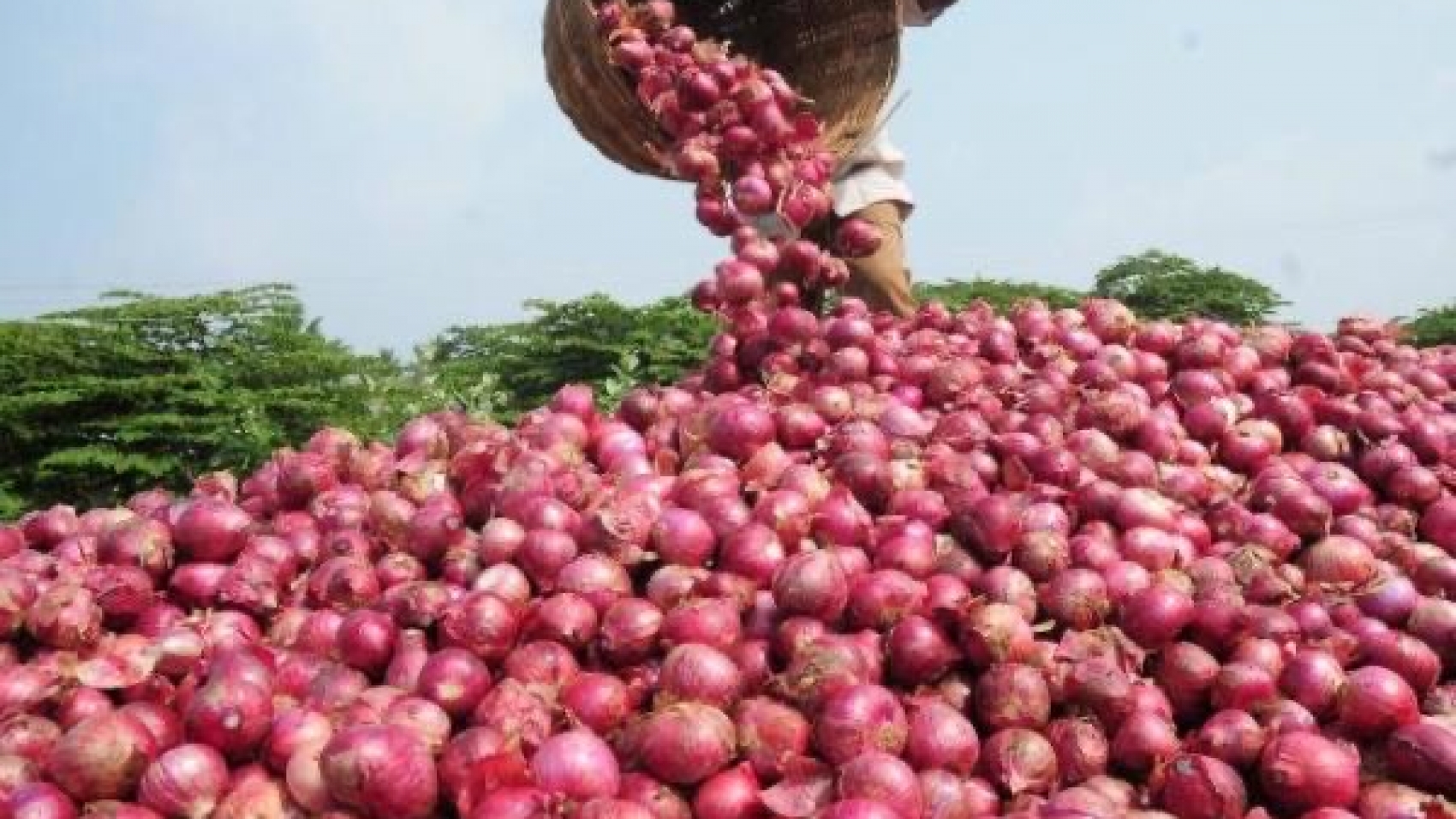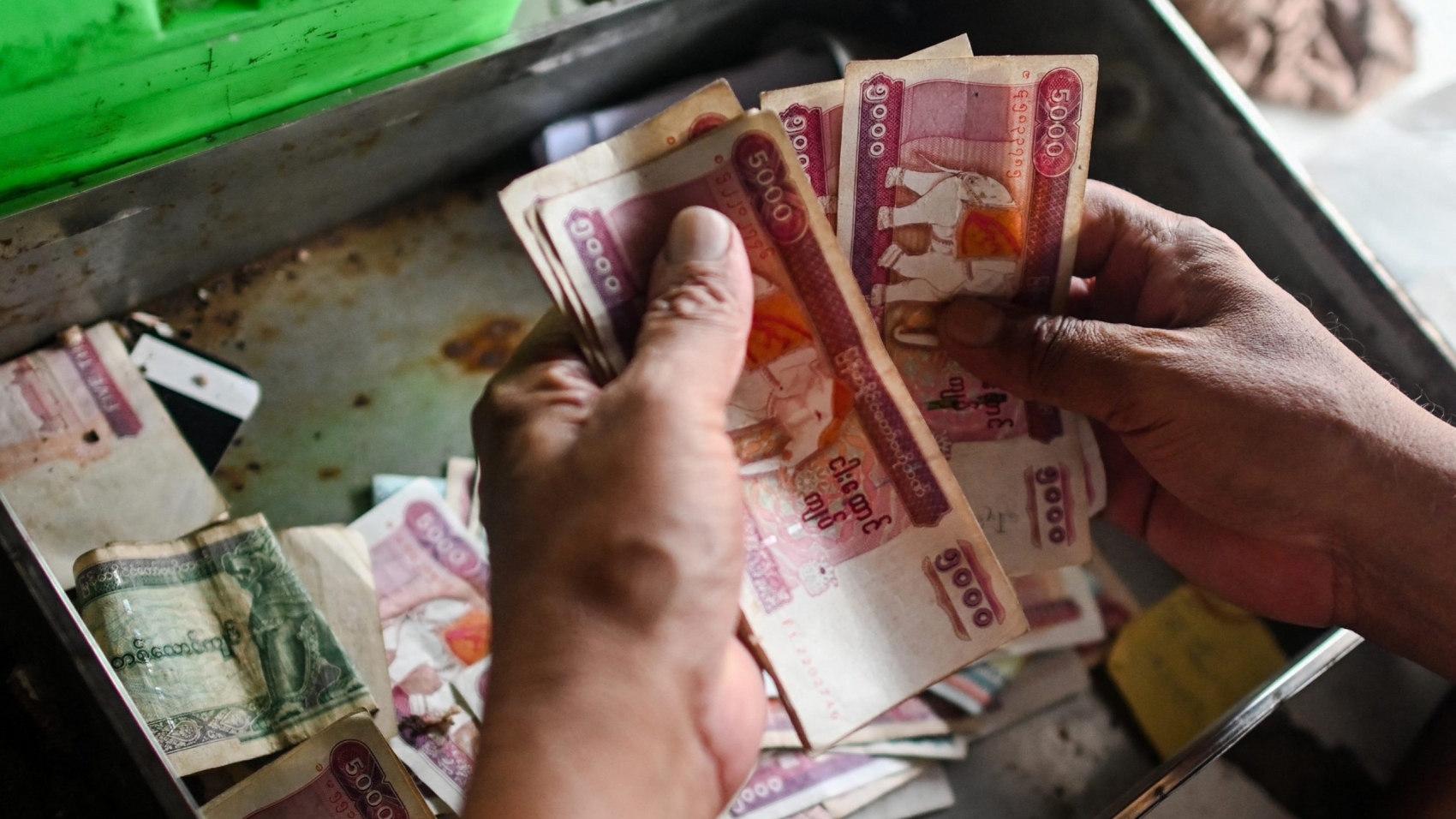With the rising dollar exchange rate, the price of black beans has soared by K54,000 per tonne in the domestic market in two weeks, according to Yangon Region Chambers of Commerce and Industry (Bayint Naung Brokerage). Although the black bean price on 1 May was K888,500 per tonne, the price grew to about K942,500 per tonne on 14 May, which is an increase of K54,000 per tonne in only two weeks, according to the bean market data.
Presently, the local dollar exchange rate was at K 1,595 per dollar on 1 May, but it upturned to K1,675 per dollar on 14 May. Myanmar yields around 400,000 tonnes of black bean annually, and the bean is primarily exported to India. Similarly, about 50,000 tonnes of pigeon peas are produced yearly and exported to India as well.
Since 2017, India has been setting the import quota on beans, including black beans and pigeon peas. Myanmar has to export black beans and pigeon peas under a quota system and limit period. Consequently, according to market observers, there is no guarantee that we could get the prevailing market price this year. Following no assurance of black beans and pigeon peas in the market, the association suggested at the end-October 2020 that the local farmers grow the black-eyed beans more.
Source: The Global New Light of Myanmar

